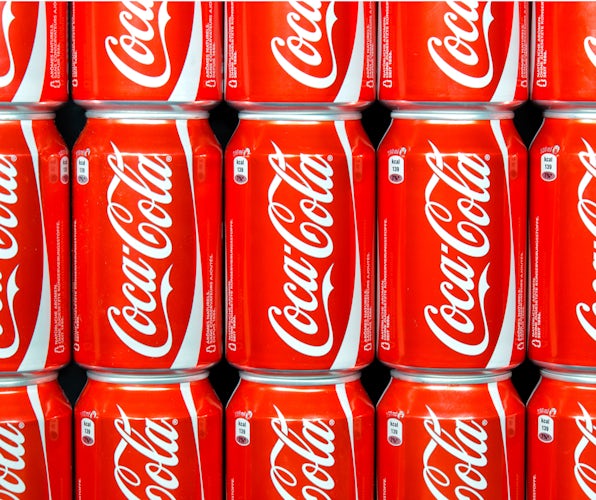Effectiveness in B2B, online sales, activist teens: 5 killer stats to start your week
We arm marketers with all the numbers they need to tackle the week ahead.
1. Driving effectiveness in B2B marketing
B2B marketers need to invest a greater proportion of their budget in sales activation than their B2C counterparts to generate the most effective campaigns.
A study conducted by Les Binet and Peter Field using the IPA’s data found that while the average for businesses is a 60%/40% split between brand building and sales activation, for B2B the split is more equal. This means B2B marketers should, on average, invest 46% of their spend in brand and 54% in sales activation.
This optimum mix changes as brands mature. While those in their first year should invest just 35% of their budgets in brand building, this rises to 72% of leader brands. Premium brands also need to upweight brand investment, investing 64% of their budget.
The research also found that emotional strategies outperform in B2B. Campaigns that aimed to generate fame had 2.2 very large business effects, compared to 1.6 for awareness and just 1 for differentiation. Similarly fame had 2.4 very large business effects compared to 1.4 for emotional campaigns and 0.2 for rational ones.
Source: Les Binet and Peter Field
2. UK direct-to-consumer brands outperform US

Four of the top five direct-to-consumer brands (DTC) are UK businesses, putting them ahead of US giants Glossier, Harry’s and Casper.
SimplyCook has come out on top with a 50% awareness rate among UK consumers, with 27% of those respondents saying they’ve also bought from the company.
Some 44% heave heard of Made.com with 24% of those consumers making a purchase. This is followed by Dollar Shave Club (43% awareness and 22% conversion) and Birchbox (34% awareness and 28% conversion).
US-based DTC giants Glossier and Harry’s are well behind with awareness rates of 16% and 22% respectively but the percentage of those consumers who purchase from the brands remains high at 26% each.
When looking at where consumers convert, 17% say Facebook is their most likely point of sale, 12% rely on the brand’s own website and 14% prefer cashback or discount code sites.
Source: Rakuten Marketing
3. Easter fails to deliver sales boost after lacklustre first quarter

Easter has failed to give online retail sales a much needed boost following a lacklustre first quarter with a sales growth of 5.2% year on year in April. This compares to a strong growth of 12.5% in April last year.
During the first quarter of this year, the average sales growth was 7.5%, marking the lowest quarterly growth since Q1 2015 (6%). Comparatively, the same quarter last year delivered growth of 14.5%.
The categories struggling the most are clothing which saw its overall growth rate slow to 6.7% year on year from 9.9% in April 2018. The sector experienced decline in both lingerie (8.5%) and accessories (2.6%).
Electricals also continued its downwards momentum, with growth falling to -27%, and gifts saw a similarly steep decline of -22%.
Source: IMRG Capgemini
4. Concern about climate change prompts consumers to swap brands

Public concern about climate change has prompted consumers to swap brands, with 36% of people saying they’ve switched to more sustainable products and 13% of millennials considering leaving their current employer to work somewhere that is doing more to tackle climate change.
There are also calls for businesses to do more to combat the issue as two thirds (60%) of Brits believe the responsibility of climate change sits with CEOs.
Some 59% of respondents would like their favourite brands to declare a climate emergency, yet 90% of businesses don’t have a clear plan in place to tackle climate change.
Meanwhile, 49% of women and 37% of men are considering swapping a brand for one which has less impact on the environment.
Source: Kin and Co
5. Why teens are persuading parents to boycott brands

Teenagers have a greater appetite for news and consult a greater variety of sources than adults, according to new research. Some 67% watch, read or listen to news on current affairs everyday, while 38% check the news multiple times throughout the day.
During one week, UK teens will typically consume news from an average of 11.1 different sources compared to 10.7 for the rest of the population. And 59% say they have talked with their friends about news, politics or current affairs in the past week, more so than other adults on 52%.
This interest in news means teenagers are shaping their parents’ views. Some 55% of parents report reconsidering their views after talking with teenage children, 62% have been persuaded to try a new brand and 39% have been persuaded to boycott a brand by their teenage children.
Source: Daily Mirror







